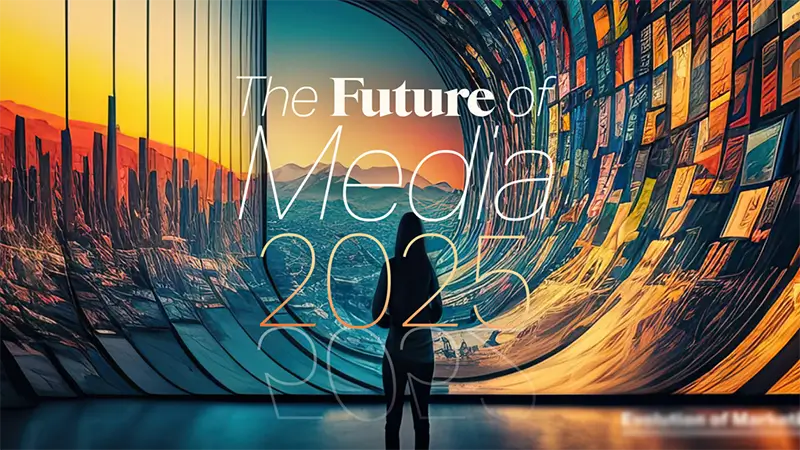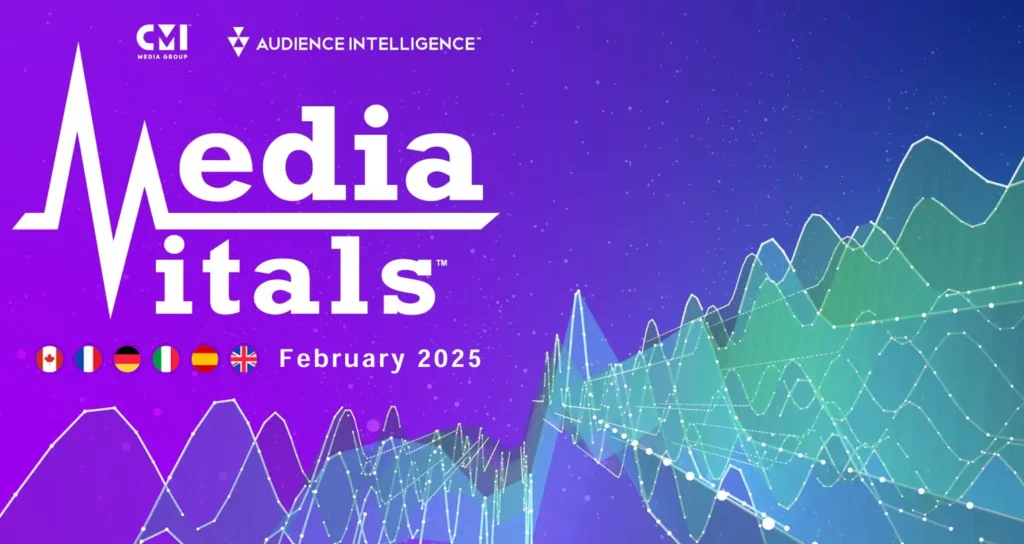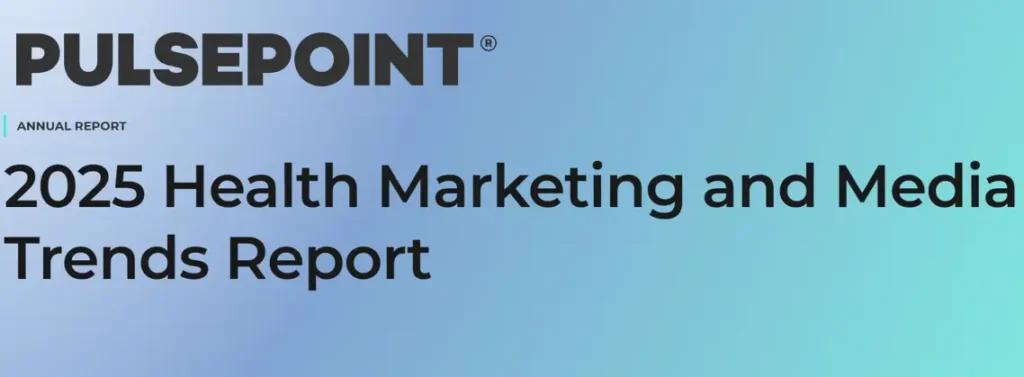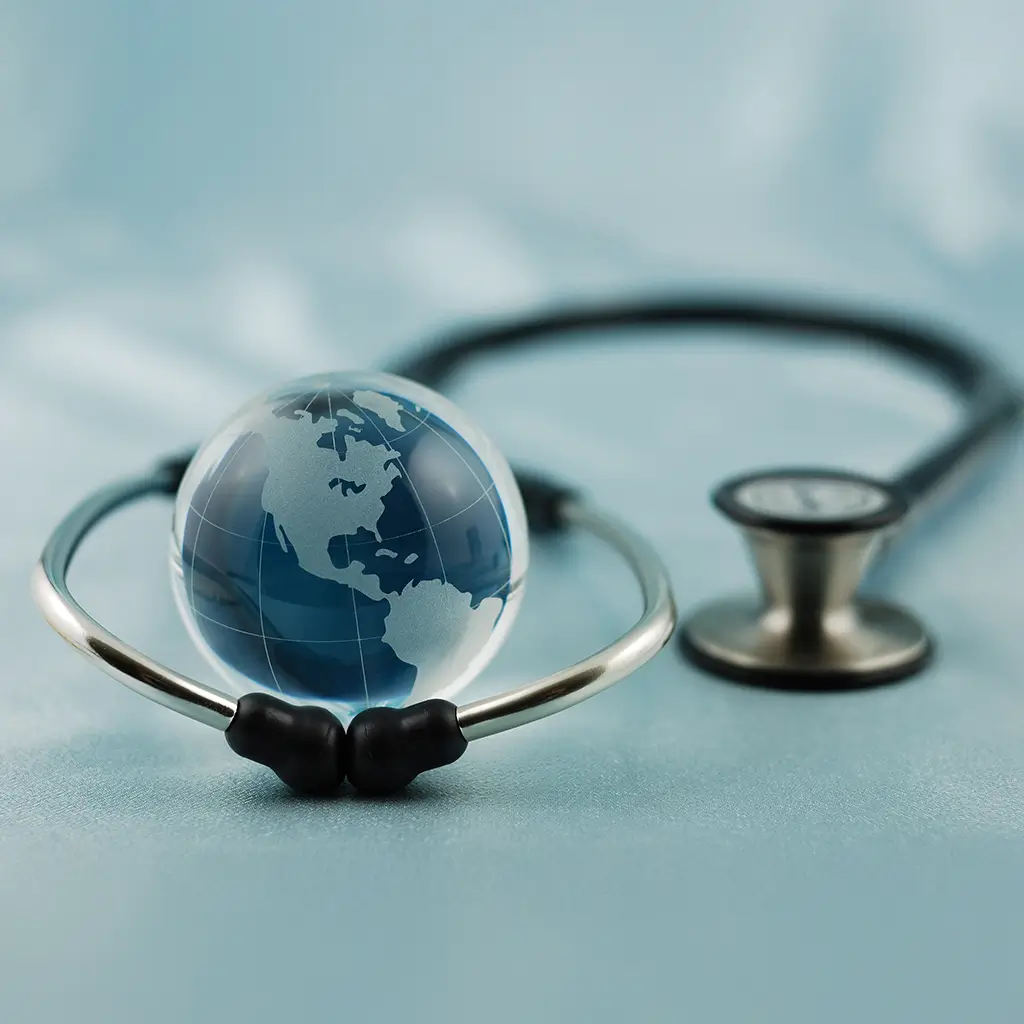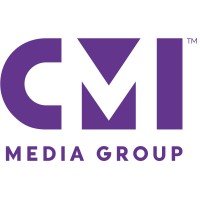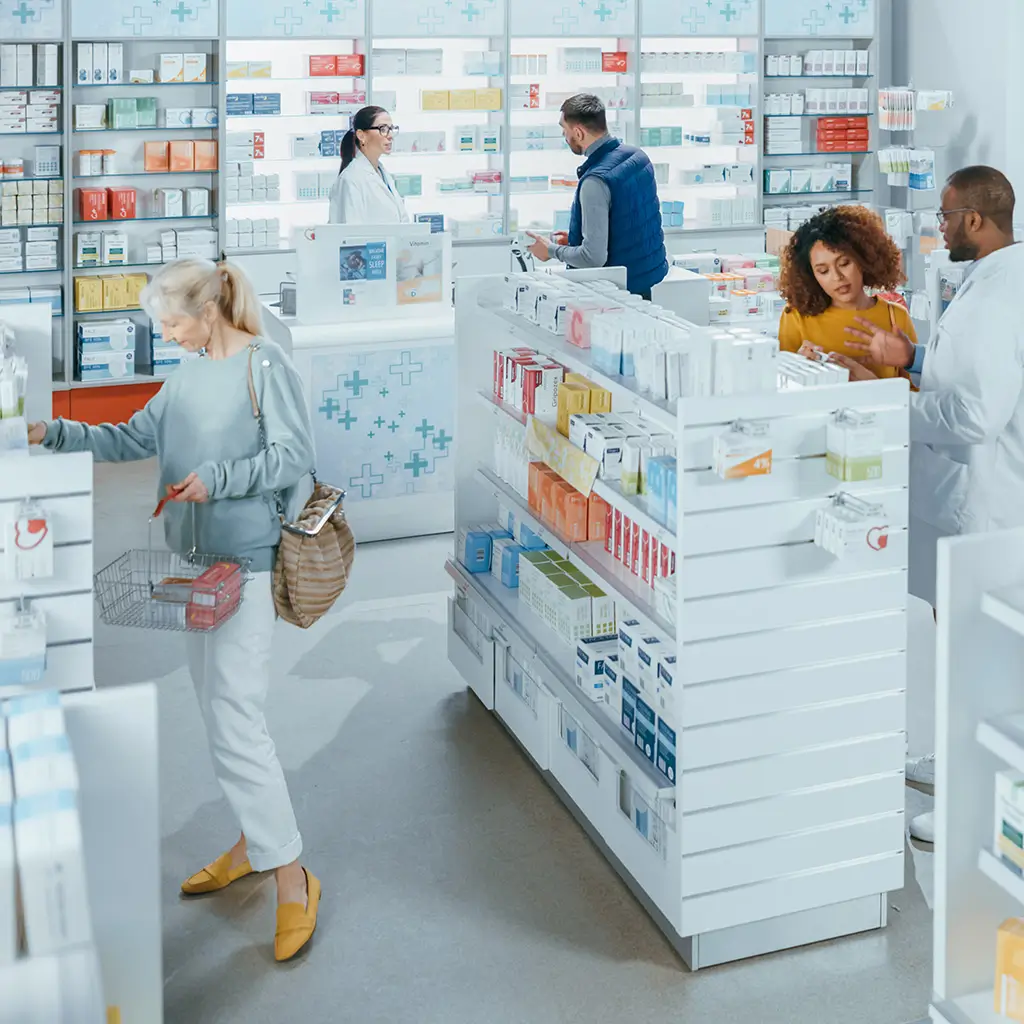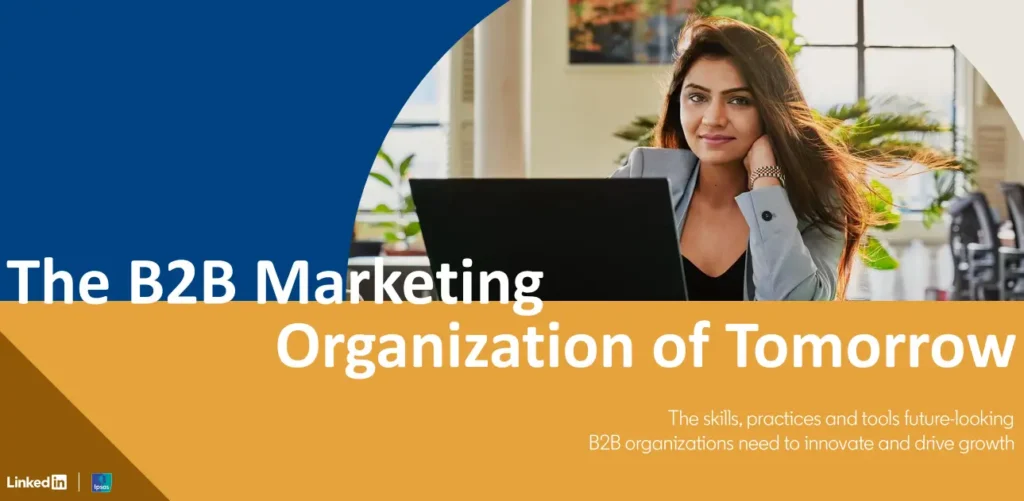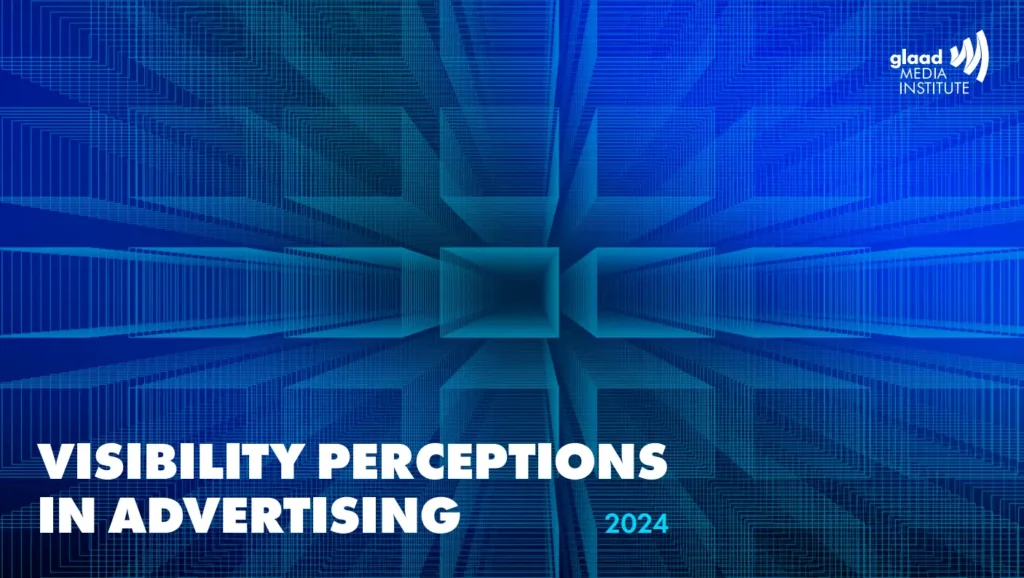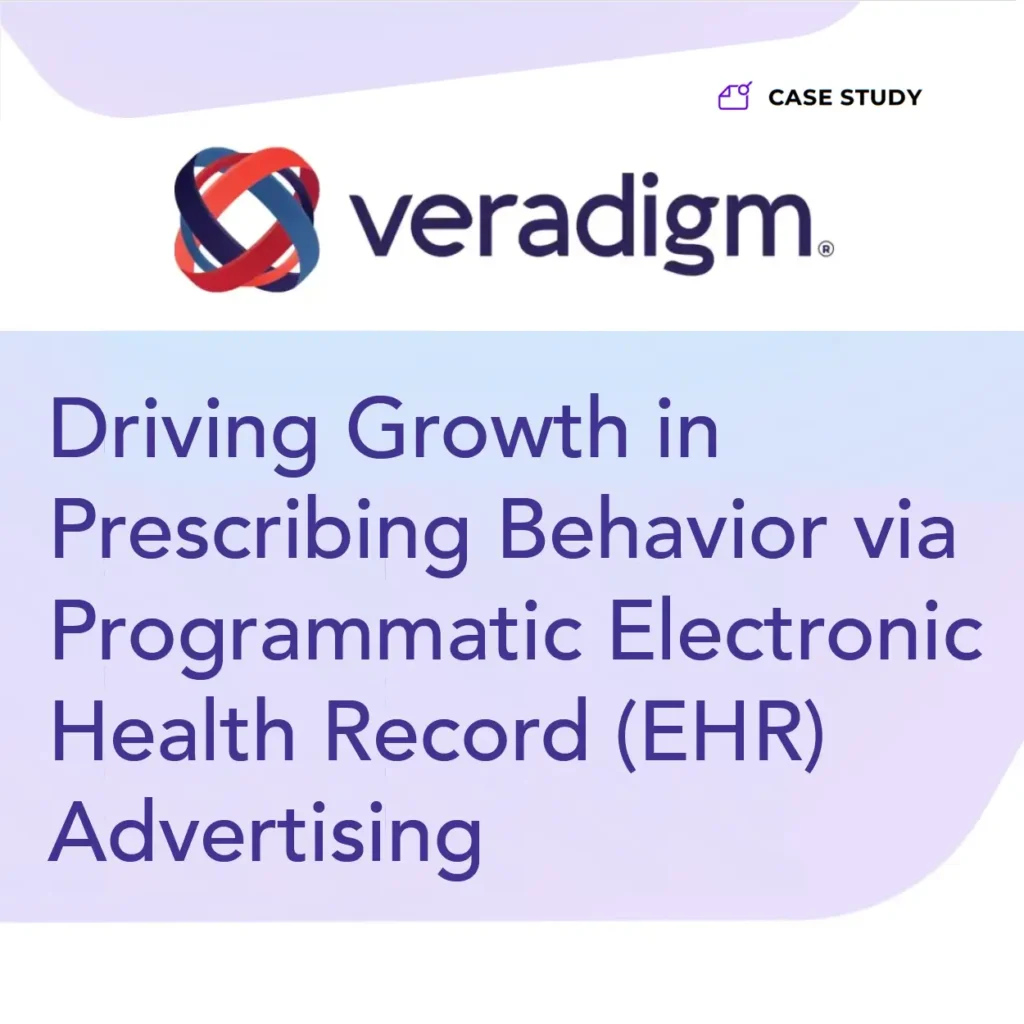Advertising’s Diversity: Insights from GLAAD’s 2024 Visibility Perceptions in Advertising Report
Exploring ad strategies, inclusion metrics, and audience engagement within LGBTQ-focused advertising


The 2024 Visibility Perceptions in Advertising Report from GLAAD provides a comprehensive look at how the advertising industry is embracing LGBTQ inclusion as both a cultural and business strategy. Building on data from 2021, this year’s findings highlight a transformative shift in perceptions, resource allocation, and the challenges faced by advertisers striving for authentic representation.
For media professionals, particularly those in industries like pharmaceutical advertising, the lessons in LGBTQ inclusion offer an actionable framework for crafting campaigns that resonate with diverse audiences while meeting regulatory and cultural expectations.
A Surge in LGBTQ-Focused Ad Spend
According to the report, LGBTQ representation is more valued than ever, with 90% of advertisers agreeing on its importance—up from 84% in 2021. Moreover, nearly 70% of surveyed companies reported having funds specifically allocated to LGBTQ-inclusive campaigns, marking a significant increase from 59% three years ago.
This rise correlates with broader market demographics, such as 7.6% of U.S. adults identifying as LGBTQ and Gen Z’s higher representation at 22%. For advertisers, this signals a critical need: align campaigns with the values and identities of a younger, increasingly diverse audience or risk falling behind competitors.
Pharma brands, known for condition-specific messaging and stringent compliance, can take note. Embracing diverse narratives in ad campaigns not only taps into this growing audience but also helps humanize complex healthcare topics, fostering stronger patient trust and engagement.
Backlash and Resilience: Lessons for Navigating Controversy
The report acknowledges the growing fear of backlash from anti-LGBTQ groups, particularly during high-visibility moments like Pride campaigns. Yet, data suggests companies that face backlash are 1.6 times more likely to double down on their commitment to LGBTQ inclusion, recognizing its long-term value over appeasing short-term dissenters.
For pharma advertisers, this presents a compelling argument for sticking to core brand values. Inclusive storytelling and resilience in the face of criticism can reinforce brand authenticity and loyalty, especially among healthcare professionals and patients who prioritize diversity and inclusion in their own lives.
The Growing Need for Representation Across the Spectrum
Representation within LGBTQ advertising has expanded beyond general narratives to include more specific identities such as transgender, bisexual, and nonbinary individuals. The report reveals a 71% increase in the importance of featuring transgender people, a 69% rise for bisexual individuals, and a 34% uptick for nonbinary representation since 2021.
For industries like pharma, these insights highlight the importance of precision in audience targeting. Whether addressing mental health in the LGBTQ community or tailoring campaigns for conditions more prevalent in certain demographics, representation must be meaningful and reflective of real experiences to build trust and engagement.
Bridging Knowledge Gaps: The Role of Nonprofit Partnerships
The industry’s desire for authenticity is hindered by a notable challenge: a lack of expertise in “getting it right.” Executives surveyed admitted being 55% more likely in 2024 than in 2021 to feel they lacked the knowledge to execute authentic LGBTQ representation.
GLAAD recommends partnering with nonprofits and advocacy groups to fill these knowledge gaps. These organizations offer guidance on navigating cultural nuances, improving creative strategies, and handling backlash. For pharma media teams, collaborations like these could be instrumental in crafting campaigns that balance sensitivity, compliance, and impact.
Media Placement Trends: Where Stories Thrive
The report underscores the importance of choosing the right platforms to amplify inclusive messages. While many brands still focus on traditional TV to reach broad audiences, there’s growing interest in using digital and streaming platforms to target younger, tech-savvy viewers. Streaming provides unique opportunities for personalized and longer-form storytelling, which can be particularly effective for conveying complex or nuanced themes such as LGBTQ inclusion, all of which are crucial within the health sector.
Creative Execution: Authenticity Is Key
Nearly half of advertisers emphasized the need for authenticity in LGBTQ-inclusive campaigns, highlighting the risks of inauthentic execution, which could provoke backlash worse than excluding representation altogether. The report recommends integrating LGBTQ voices into every stage of campaign development, from casting to message strategy.
In pharma advertising, where trust and clarity are paramount, authentic inclusion can enhance credibility. Featuring LGBTQ individuals in relatable patient stories or as part of the healthcare workforce can strengthen the connection with viewers while destigmatizing healthcare concerns within these communities.
solli’s Final Thought
GLAAD’s 2024 report paints a compelling picture of progress and challenges in LGBTQ representation within advertising. For industries like pharma, where storytelling meets compliance, these lessons are particularly resonant. By embracing inclusion as a cornerstone of their strategy, brands can align with shifting cultural norms and create campaigns that drive both business outcomes and social impact.
As the media landscape evolves, advertisers must stay ahead by combining data-driven insights, authentic narratives, and diverse representation. In doing so, they can not only navigate cultural moments but also lead them, ensuring lasting connections with audiences across all spectrums.
To read the full report click here.



